This story / page is available in:
![]() German
German
“In 2000, John retired from public priestly ministry, living in a remote cottage in Connemara.”
www.johnodonohue.com
Part 3 of the Ireland News series on John O’Donohue
- Click here for the overview: All articles about the life and work of John O’Donohue.
- Click here for the literature list: The books of John O’Donohue.
It is Saturday morning, 11 July 1992. A quiet morning on Inis Meáin. We have had an all too filling breakfast, Full Irish. The radio blares from the corner. RTÉ is reporting the arrival of Annie Murphy in Ireland – and our lovely hostess at the B&B on tiny Aran Island Inis Meáin loses her composure. The woman is deeply shaken in her faith. She no longer knows, she complains, what is right and what is wrong. Maureen’s inner world was unhinged a few weeks earlier, in those early May days, when American Annie Murphy outed herself in the Irish Times as the mistress of the revered Bishop of Galway, Eamonn Casey, and presented Bishop Casey’s 18-year-old son Peter to the Irish public.
Casey, the popular Bishop of Galway, had already resigned on 5 May, now his American mistress from the 1970s travelled to Ireland to write a book about her love affair with the bishop together with co-author Peter de Rosa (It was to be called “Forbidden Fruit”). The case shocked and deeply divided arch-Catholic Ireland. The popular bishop had preached water and drunk plenty of wine himself. The Vatican hurriedly sent celibacy breaker Casey into hiding abroad at the beginning of May, and certainly not all the faithful at home stood by the woman who wanted to use public pressure to force the bishop to confess to his son and give him more support for his education.
Ireland experienced its first major clerical scandal in that summer of 1992 – a comparatively mild one, as it would soon turn out: The publications about the massive, decades-long, systemic sexual abuse of children and young people by priests, religious brothers and sisters were only just beginning; while the Catholic Church in Ireland had long been in turmoil internally, building its lines of defence behind the scenes for the abuse scandals that would be coming to light. The cases of sexual abuse, especially of boys and young men, by Catholic priests numbered in the thousands. Ireland faced a painful and brutal walk through the vale of tears of the numerous revelations of clerical sexual abuse.
In nearby Galway, the second most powerful cleric behind Eamonn Casey, the chief vicar of Galway Cathedral, James McLoughlin, was now leading the diocese on an interim basis. McLoughlin would be officially appointed as the new bishop by the Pope in February 1993 after an eight-month vacancy. Meanwhile, ten kilometres northwest of Galway, a young vicar in the parish of the Gaeltacht community of Moycullen was watching developments at church headquarters with scepticism: Stormy times were ahead for the church and its pastors, and Moycullen’s assistant vicar, John O’Donohue, then 36, had lost his great patron that spring of 1992: it had been progressive Bishop Eamonn Casey who had sent John to Germany from 1985 to 1990 to study further. Casey had insisted that O’Donohue write his doctoral thesis in Tübingen on the philosopher Hegel. John thanked Casey “very sincerely” in the dissertation paper, noting, ” He has always supported and encouraged me”.
That was now over. In the new bishop, James McLoughlin, John O’Donohue would find a fierce adversary instead of a supporter. The conflict with the bishop and with the Catholic hierarchy would take O’Donohue far away from the official church. Yet he was, as friends said, “a priest with body and soul” and “a pastor by vocation”.
A priest wrestled with his church – and was not alone in this. Hordes of believers literally fell away from the faith in the years to come, the dark power of the Catholic Church in Ireland crumbled.
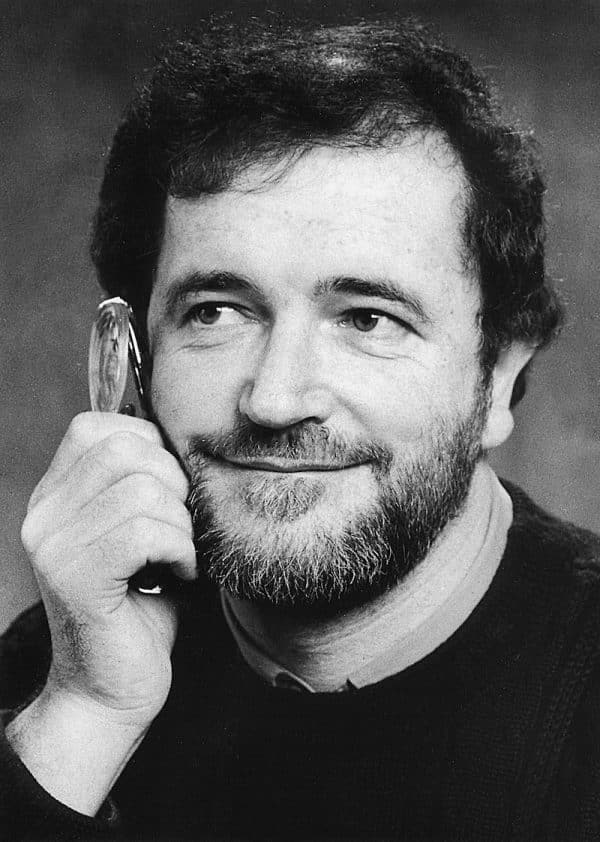
John O’Donohue in 1999. Photo: dtv
On John O’Donohue, writer, poet, priest
John O’Donohue (1956 – 2008), grew up on a farm in a limestone valley in the Burren, County Clare. The eldest of four siblings, he became a priest, later a writer, philosopher and poet, environmental activist, life teacher, speaker, mystic and humanist. With Anam Cara, The Four Elements (published and available in German by dtv), Eternal Echoes and Divine Beauty he wrote world bestsellers. He loved human existence in all its facets. His essential topic was to live life to the fullest without fear. He considered unlived life to be the maximum transgression of being human. In books and lectures, John encouraged people to courageously live the life that they wanted and would love. It was important not only to dream one’s dreams but also to realise them and thus find one’s destiny – free from fear and from the heart.
O’Donohue was a free spirit who thought together Celtic and Christian spirituality, the mysticism of Eckhart and the philosophy of Hegel. He saw us, the living, walking on the shore of the great sea of the invisible, the imagination creating for him the bridges from the visible to the invisible world. He understood the deep human longing for belonging in an increasingly meaningless material world and was convinced that human beings can overcome the fear of death – because it is a progress, not an end. His tombstone reads, “Their lives have changed not ended.”
I often think of this man who taught me a lot about life, the soul, Celtic spirituality, nature. I never met him, I read his books. So often I heard his words about the soulful landscape when I walked through the rocky bog, felt his wisdom when I moved through the mountains, understood his deep unity with nature when I stood by the sea and looked west. On 1 January 2021, John O’Donohue would have turned 65, had he not died unexpectedly 13 years ago. I would have loved to have known him. In November 2018, I started researching Johns life. It began by chance at his grave in Fanore in County Clare. I am reporting on the results of this search here on Irlandnews in the coming months.
The Early Years
Flashback: John O’Donohue knew early on which path he wanted to take. He grew up in a devout Catholic family. At twelve, he left his rural home in the Burren Valley of Caherbeanna to attend St. Mary’s College, a Catholic boarding school an hour and a half away, over the waters of Galway Bay, in the city of Galway.
In Ireland in the 70s, it was still common for parents to give one of their sons to the Catholic Church to become a priest. Many families were poor at the time, education was hard to come by and expensive, and only one of the sons could take over the family farm. The priestly profession promised education, a secure existence, and great social recognition.
To Maynooth at 18. John O’Donohue obviously made the decision for his future himself and with conviction: At the age of 18, in 1974, he began studying English, philosophy and theology at Maynooth University. He wanted to become a priest – and a philosopher. In Ireland’s largest and most important seminary, John became friends with fellow student Martin Downey.
I visited Father Martin Downey, the parish priest of St Joseph, at the rectory in Galway in September 2020. Father Downey fondly recalled the many discussions and wide-open minds during the years at Maynooth: “John and I were passionate readers. We discussed the big ideas of process theology, cosmology, creationism and Karl Rahner’s theology of proclamation. For John, even during college, the concepts of the soul and imagination, the power of imagination to know the unseen, were very important.” Father Downey was impressed by Erich Fromm’s books at the time (“The Art of Loving”, “To Have or To Be”) and learned about the work of the German mystic Meister Eckhart through Fromm. “John and I were already discussing Meister Eckhart at that time”.
Meister Eckhart, the spiritual teacher Eckhart von Hochheim (1260 – 1328), put himself in stark conflict with the Church with his teachings over 700 years ago. He saw the divine in man himself, saw God present in the soul of man and therefore considered self-knowledge to be knowledge of God. For Eckhart, the experience of God required no mediation; it was immediate. His interpretation of the divine earned the Dominikan a trial under canon law for heresy. Such views would still meet with opposition in the institutional Catholic Church 700 years later.
Lifelong friendship. During his years of study at Maynooth, O’Donohue developed a lifelong love of Meister Eckhart’s writings and a lifelong friendship with Martin Downey. He was soon quoting Meister Eckhart’s aphorisms in his sermons and speeches. Among John’s favourite words was Eckhart’s postulate that “God is the wilderness where everyone is alone”. He was working on a book about Meister Eckhart’s theology until his death. John died in 2008 not far from Avignon in southern France, the former seat of the popes. It was in Avignon that Meister Eckhart, persecuted as a heretic by the Church and later Pope Benedict XII, died in 1328.
Father Martin Downey performed a last service for his good friend John and celebrated his funeral Mass in St. Patrick’s Church in Fanore, County Clare, on 12 January 2008, as well as the memorial service a month later in Galway Cathedral, where 2,000 people mourned John O’Donohue.
The Career of the Catholic Priest
Father Martin Whelan, the secretary of the Bishop of Galway, Brendan Kelly, sent me the following data on John O’Donohue’s career as a Catholic priest. The list shows that O’Donohue only worked as an assistant parish priest until July 1995, after which he no longer accepted employment and only celebrated individual services (such as a Christmas service in 1997 or 1998 at his home church of St Patrick’s in Fanore):
6 June 1981: Ordained Catholic Priest, Ballyvaughan Chuch, Co Clare
9 October 1981: Began Post-Graduate Studies at St Patrick’s College, Maynooth
1982: Graduated with STL in Theology
18 August 1982: Catholic Curate, Rossaveal, Co Galway
13 September 1985: Began Post-Graduate Studies at Tübingen University
13 September 1990: Catholic Curate, Carron-New Quay, Co. Clare
June 1991: Graduated with Doctorate in Theology from Tübingen University Summa Cum Laude
19 July 1991: Catholic Curate, Moycullen, Co Galway
23 September 1993: Catholic Curate, Salthill, Galway
July 1995: Resigned from active ministry in the Galway Diocese
3 January 2008: Died
When asked, Father Whelan fleshed out these three aspects:
:: “It was quite normal that John O’Donohue was never appointed parish priest. Please bear in mind that John was only 39 when he left formal ministry. He was still very young. At the time, most men were not appointed parish priest until their late forties. Of course, all that has changed now with the decline in the number of priests. However, even today it is considered unusual to have a parish priest in his thirties.”
:: “His last appointment within the diocese was in Salthill (1993-1995). He was appointed as curate in Lahinch, Co Clare, which is part of the Galway Diocese by Bishop James McLoughlin in July 1995. However, he refused the appointment. The record simply says that the lived independently from the diocese since July 1995. No explanation is given why he resigned from public ministry.”
:: “I can confirm that John had no pastoral appointment as a priest outside of the Galway Diocese. However, he would have celebrated liturgies outside of the diocese, particularity if he was on holidays, or during his time in Tübingen, or things like family weddings, funerals etc.”
Fateful Years: At the Crossroads
In the summer of 1995, John O’Donohue was at a crossroads. Bishop James McLoughlin had ordered his transfer from Salthill, Galway, to the parish of Lahinch in North Clare. John wanted to be a parish priest but also wanted to find more time to write. The bishop denied him his wish for a half-day post. He gave him the choice instead, hoping the curate would flourish in his new task in the parish of Lahinch, which was considered difficult, and “lose his desire for flights of fancy”, as a fellow priest put it. O’Donohue decided with a heavy heart not to take up the post and retired from active parish ministry in July 1995 after 14 years in office. He never returned to the presbytery.
“The best decision I ever made was to become a priest,” O’Donohue said years later, “and I think the second best decision was to retire from public priestly ministry.” What had led to this estrangement?
To be continued
You can support our work with a donation
- Click here for the overview: All articles about the life and work of John O’Donohue.
- Click here for the literature list: The books of John O’Donohue.
- Copyright: © Markus Bäuchle 2021. All rights reserved.
Photo credits: photo top John O’Donohue with kind permission of H.R. Hebeisen (HRH Fishing Hebeisen);
Markus Bäuchle (2); dtv (1), Irish Times (1)
This story / page is available in:
![]() German
German



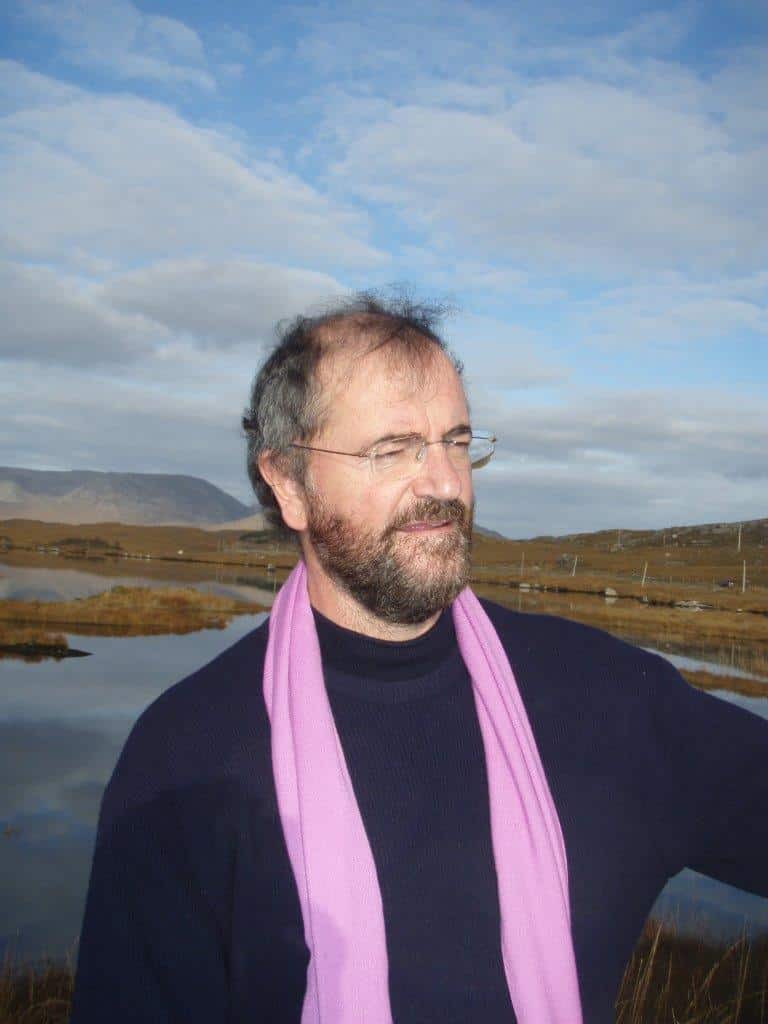
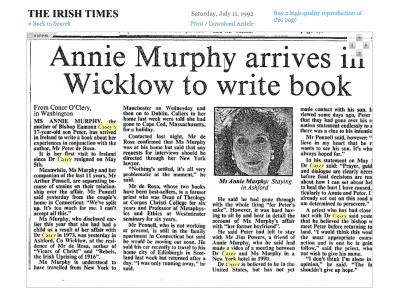
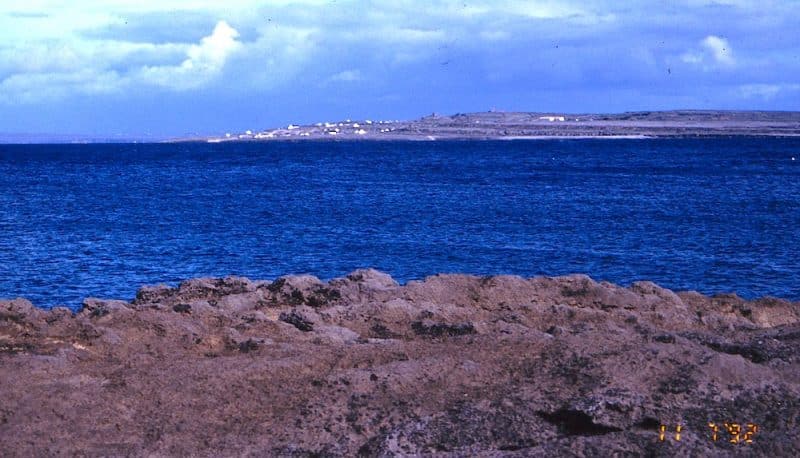
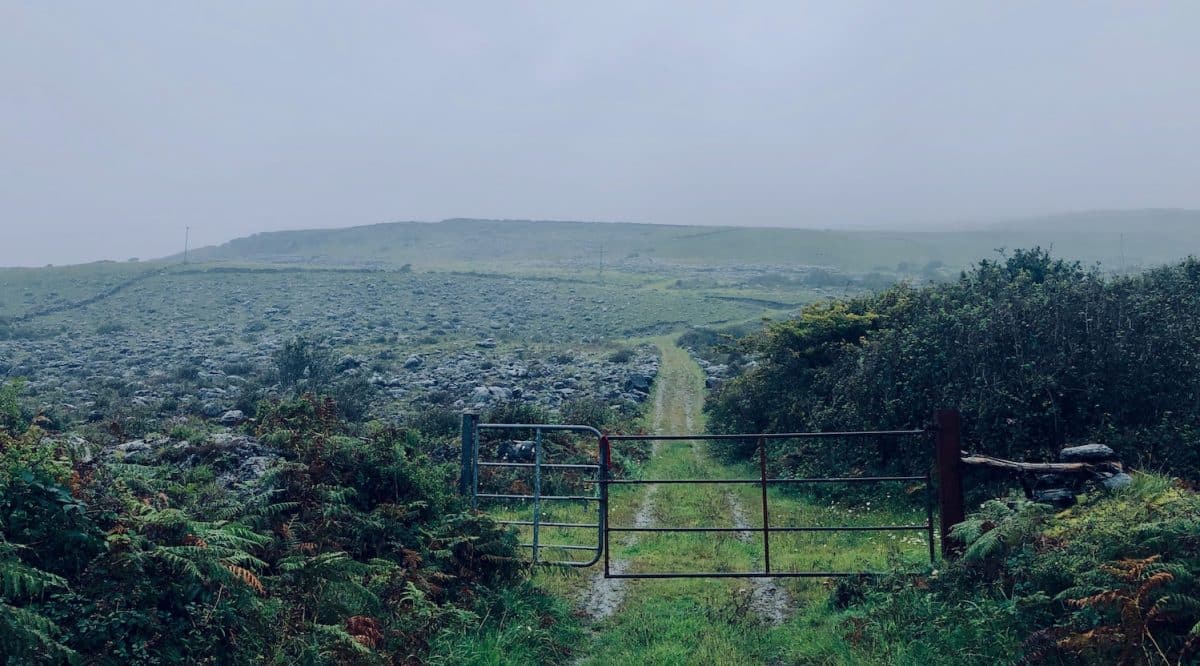
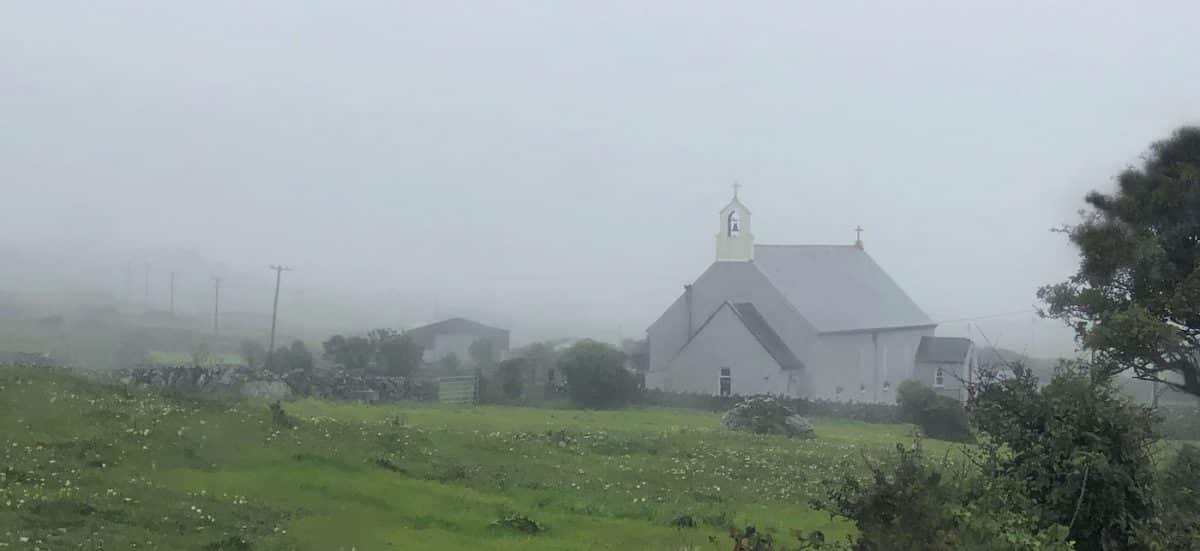
Leave A Comment